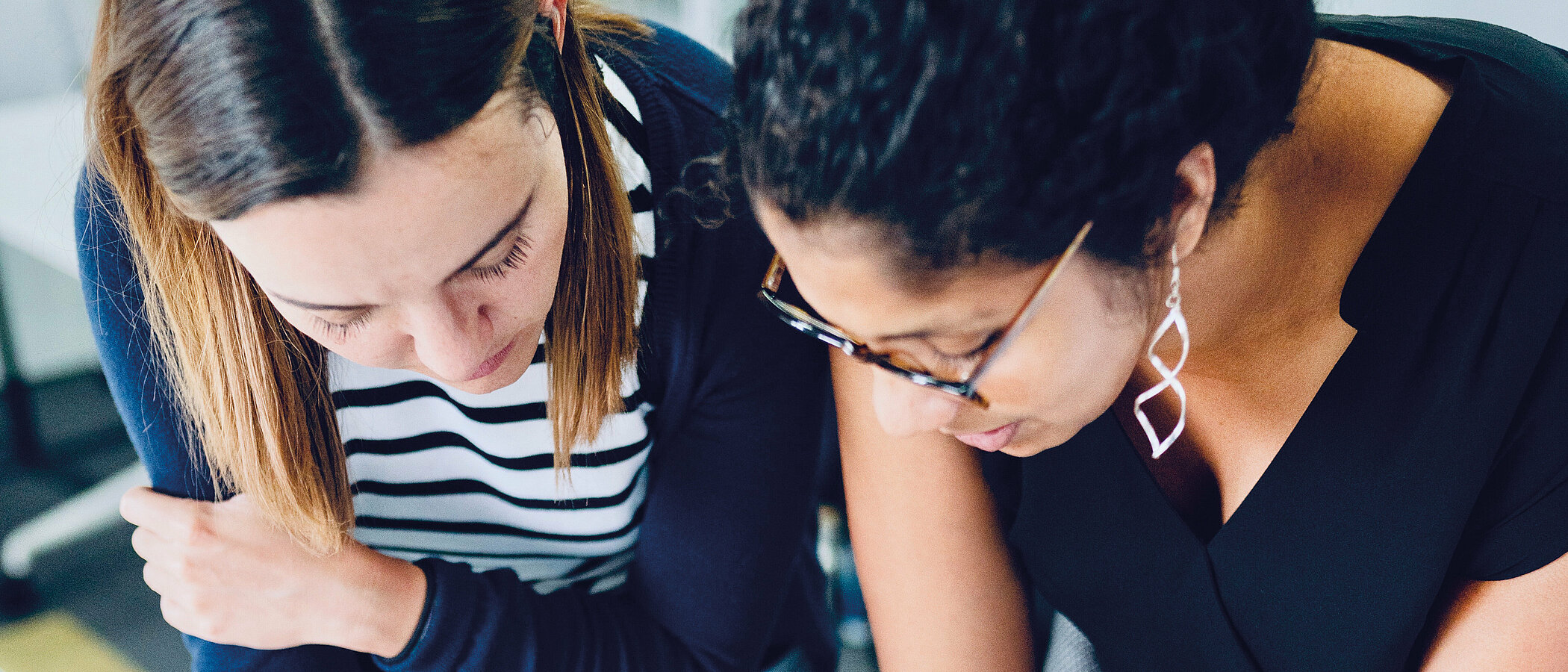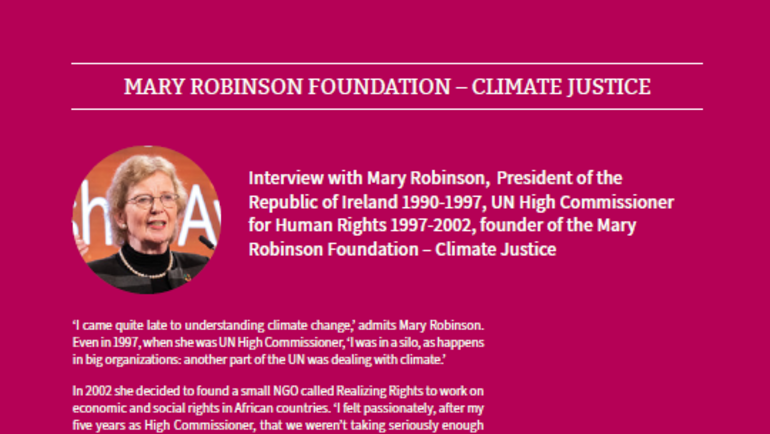Why the future of women is a climate matter

Women are especially at risk from the effects of climate change
Making our future climate-safe will help improve the lives of many women. Even though social and cultural environments differ across the world, women are among those most at risk from the harmful effects of climate change.1
One reason for this is the gender division of labour. Globally, women often carry out the care and reproductive work in families, including housekeeping and child rearing. As these activities prevent them from pursuing education, well-paid jobs and financial independence (Guzmán 2009), they have fewer possibilities to respond to the impacts of climate change.
In many societies, women have little say in the resources they depend on and only limited access to education and better jobs. At the same time, they often carry the biggest burden from the impacts of climate change. Around the world, women are responsible for the care of family members and, in many countries of the global South, they take on the primary responsibility for agricultural labour and for collecting food, fuel and water. These activities will become harder as changing climate patterns reduce fresh water supply, food security and food quality, and as climate change affects the health of family members.
Given their central role in households, families and communities, women are not only victims of climate change but also a key part of the solution. Containing climate change will facilitate better living conditions for women and reduce the risks to their well-being, health and livelihoods that result from environmental disasters. In doing so, climate action can help break the link between poverty, ill-health, lack of education, and inequality that has, to date, barred many women from having their voices heard.
Women4Climate (C40)
C40 Cities is a network connecting 96 of the world’s biggest cities, representing one-quarter of the global economy. Women4Climate is a network that aims to empower the next generation of women climate leaders.
Project example: The C40 Women4Climate Mentorship Programme brings together mayors, city officials, and committed leaders from the business sector, international organisations and civil society with emerging women leaders. Mentors share their knowledge and experiences, supporting the mentees to become powerful leaders in their chosen field, including politics, NGOs, business, media, and community groups.
| Issues | Global Agreements, Population, Social Justice, Education |
| Regions | Globally |
| Lever | Political Advocacy, Communication, Education, Networks |
Case Studies
The Global Greengrants Fund is a network of activists and donors supporting local communities to protect their way of life and our planet. Working as a re-granting organisation, the fund catalyses grassroots-level solutions by giving resources directly in the hands of local people – with a strong focus on women’s environmental action.
The Mary Robinson Foundation – Climate Justice is a centre for thought leadership, education and advocacy to secure global justice and equity for those most vulnerable to climate change impacts. From 2010 to 2019 it has brought together multi-disciplinary stakeholders to empower women and future generations in particular to take the lead.


